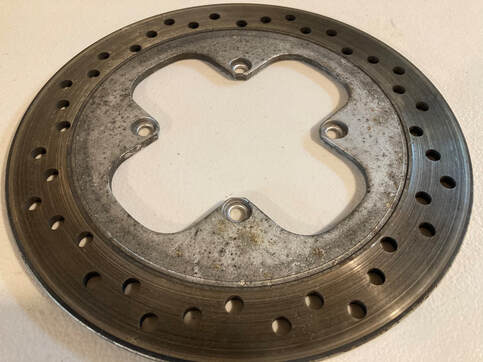
One look at the cosmetic condition of that brake disc and I knew it would not fit with the rest of this VFR, which is receiving a full repaint and detailing. No, it would need to be addressed, so off it came. These discs are stainless steel, but the center and outer edge portions are painted; the photo above showing its sad state. I've done many of these discs and the first thing on the list is checking for true, then a thorough degreasing followed by sanding with 400-grit wet paper and taping. The photos below show the progress after those steps. In the left photo, sanding marks are visible on the braking surface itself, which I scuff with 100-grit dry paper to remove any glaze and years of ground-in brake dust and dirt.




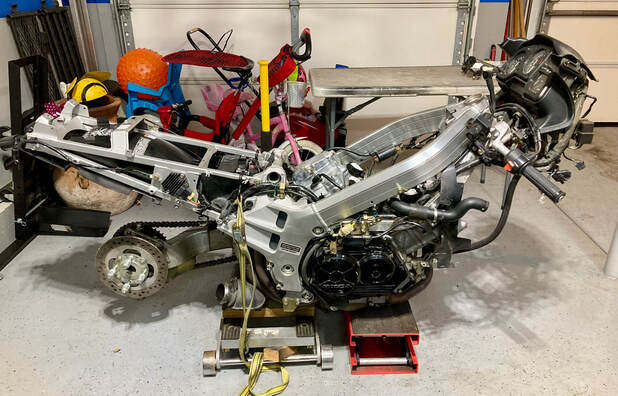
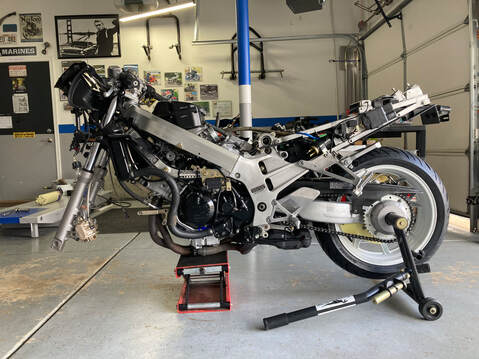
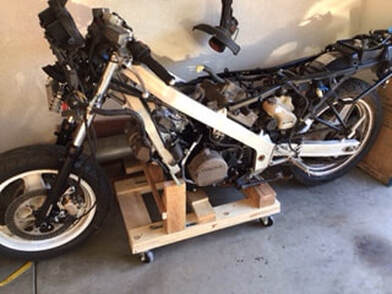
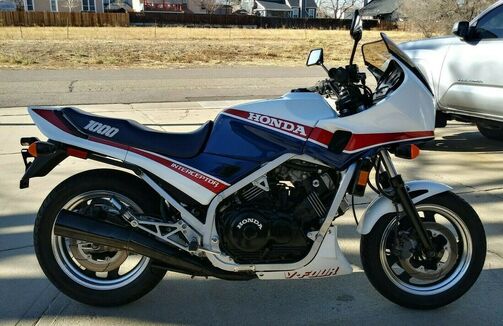
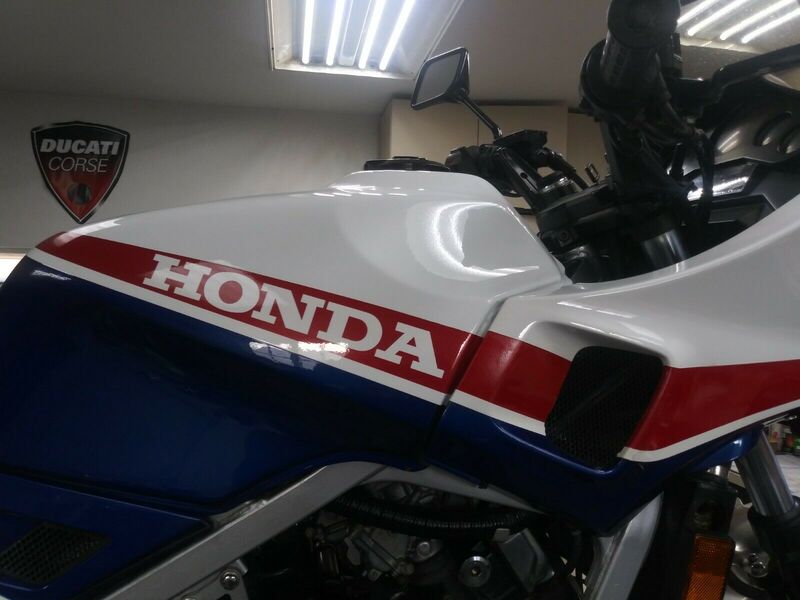

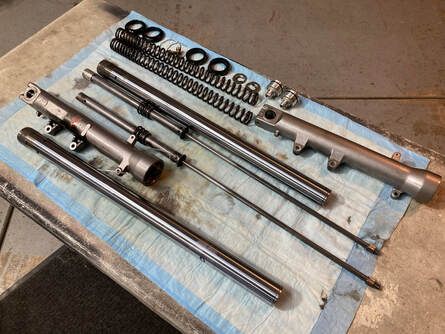
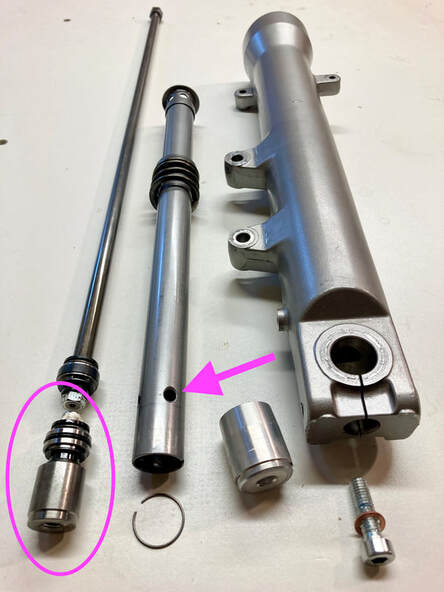
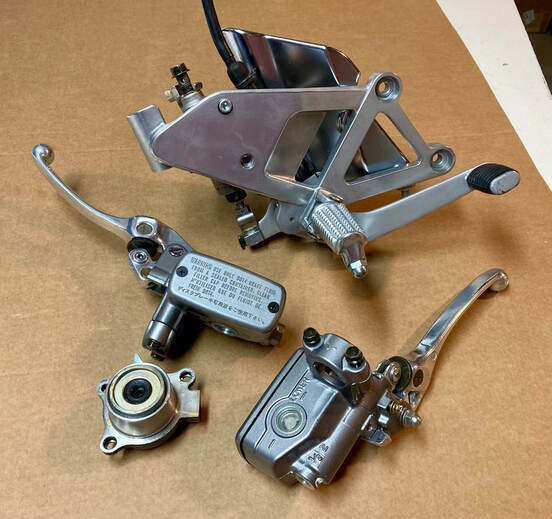
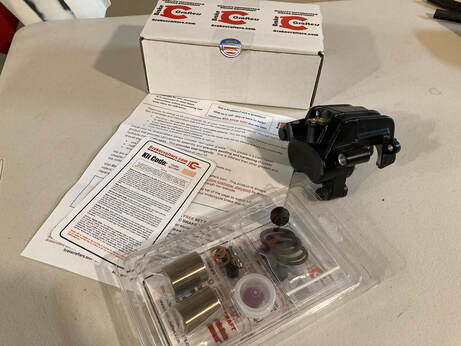
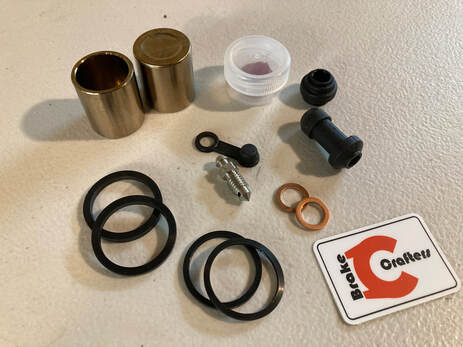
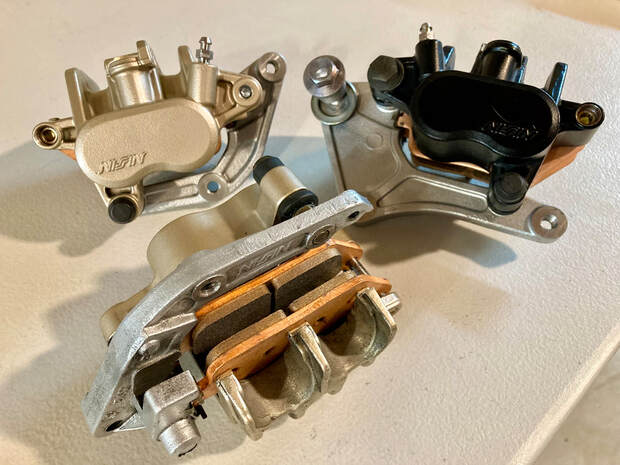
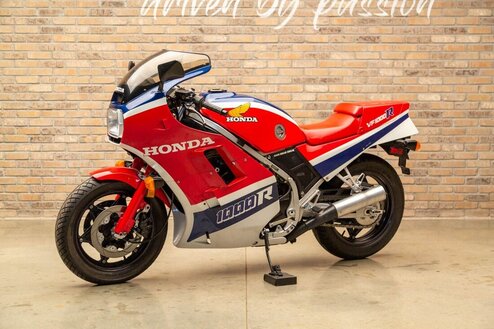


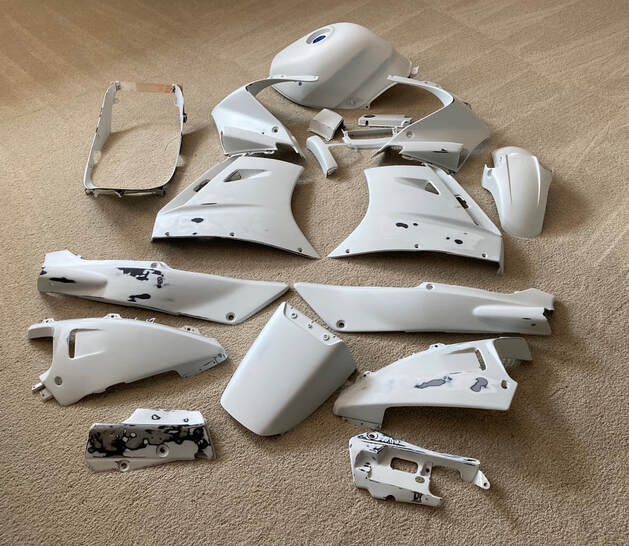
 RSS Feed
RSS Feed